
By Bill VanMullekom
PPE standards equip health and safety managers with tools to make informed choices about the right product for the job, and keeping up with them is a feat of its own.
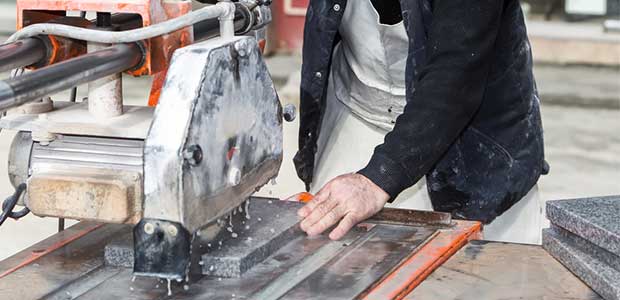
By Carly Engels Johnston, Erik Johnson
Silica is threatening the health of many countertop workers—here’s what you can do to reduce their risk.
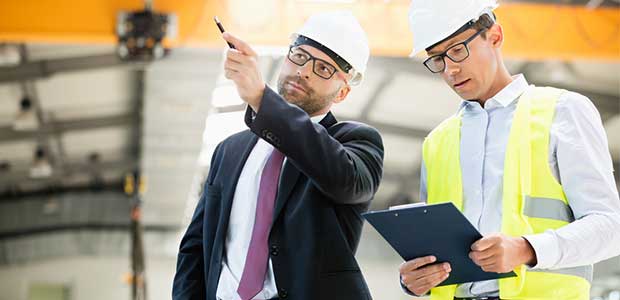
By Tom Burgess
Keeping workers healthy with vigilance and common sense.
By Brian Richardson
Here are the most frequently asked questions about controlling dangerous dusts in order to maintain a safe work environment.

By Scott Francis
FR garments also play a vital role in effective combustible dust hazard prevention.
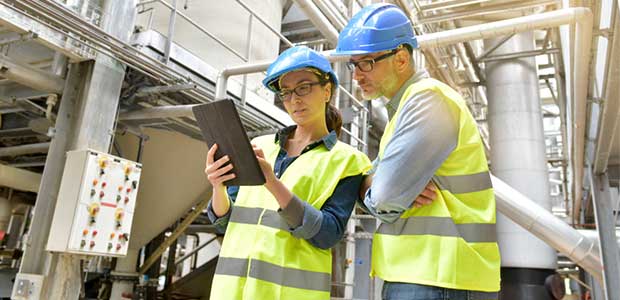
By Dave Risi
Industrial hygiene is crucial for controlling chemical hazards by enacting deliberate and systematic protective measures.
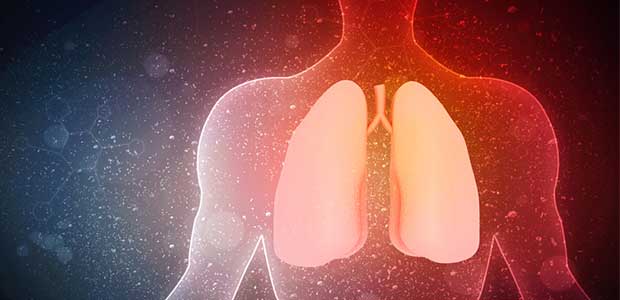
By Dan Corcoran
Not all airborne dust particles are the same. Here are ways you can differentiate between particulate exposures and hazards for your workplace.
By Sean Baldry
Why worry about reporting if you can prevent the release in the first place?
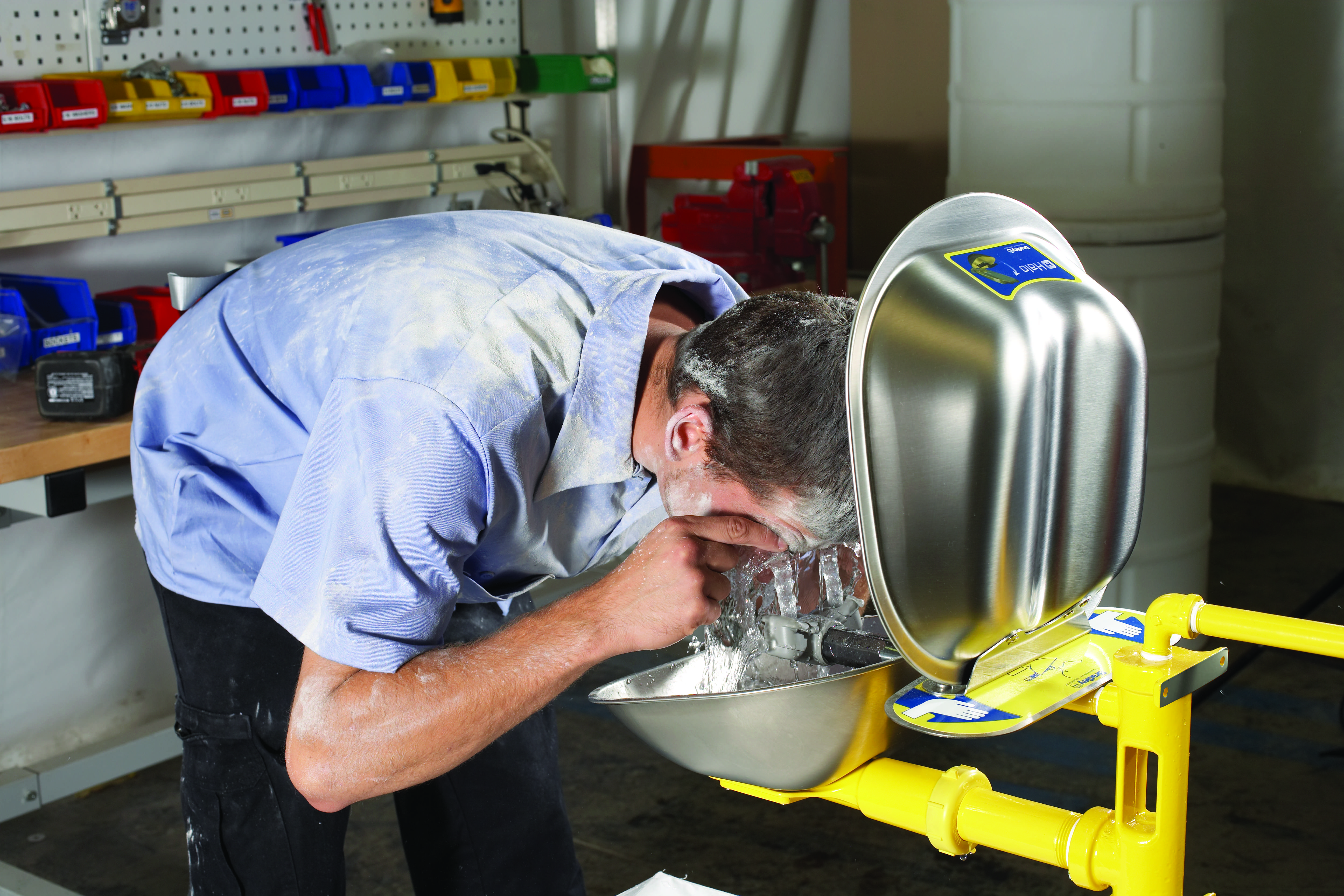
By Ryan Pfund
The need for sufficient and properly working emergency eyewash and shower devices in workplaces is real and pervasive.
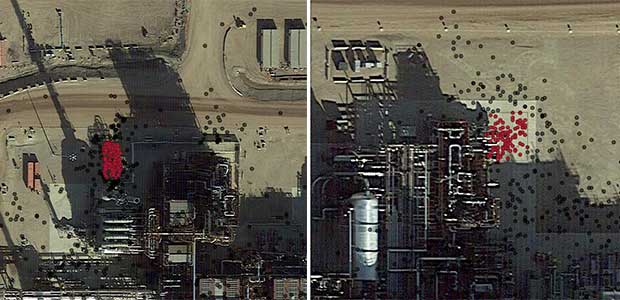
By Lohrasp Seify
Photoionization detectors (PIDs) are gas detection technology that can help businesses address this risk from the start, maintaining the highest level of short- and long-term safety for workers.
By Karen D. Hamel
Fire departments respond to nearly 280 industrial incidents involving static electricity each year.
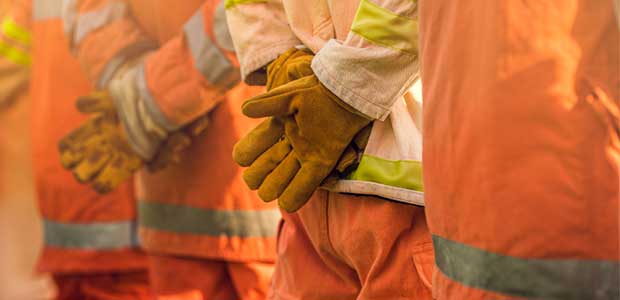
By M.B. Sutherland
Flame-resistant (FR) clothing is a crucial element in keeping workers safe.
By Robert Pater
Words only go so far for inciting a safety culture. You need to act.